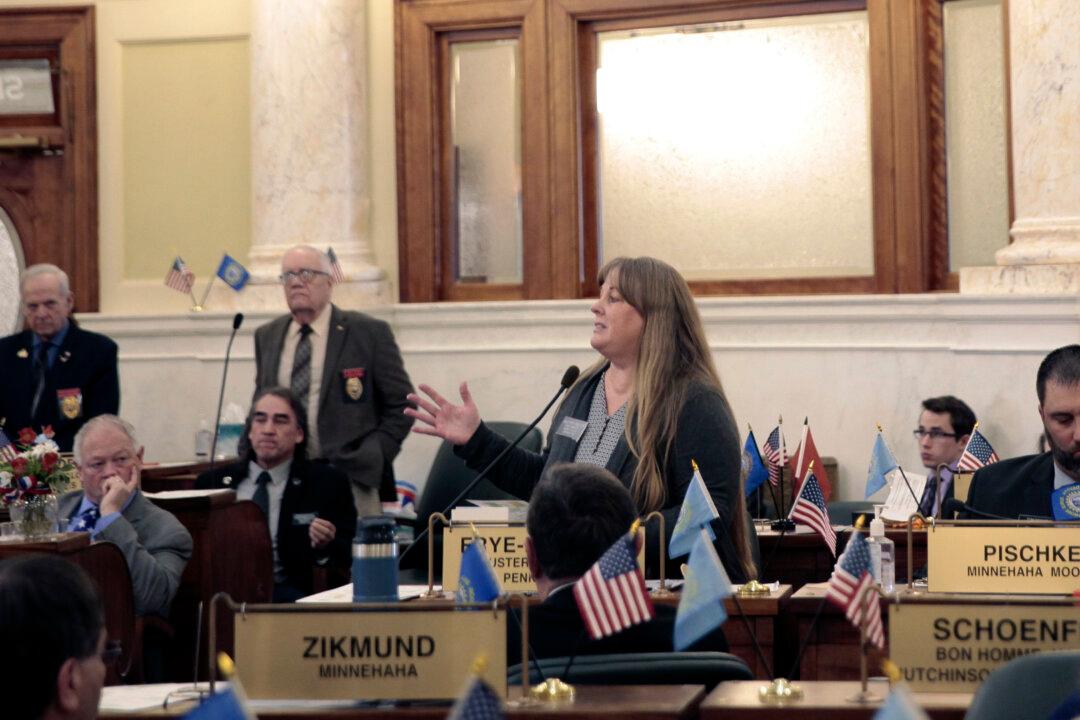High demand for Tesla’s Model Y SUV after its launch in Australia has caused the automaker to push back delivery dates for the vehicle by six months.
The Austin-based automaker introduced on June 10 the Model Y to Australians, priced from AUD$68,900 plus on-road costs for its entry-level rear-wheel-drive variant, about $5,000 more than the basic vehicle Model 3 sedan.




